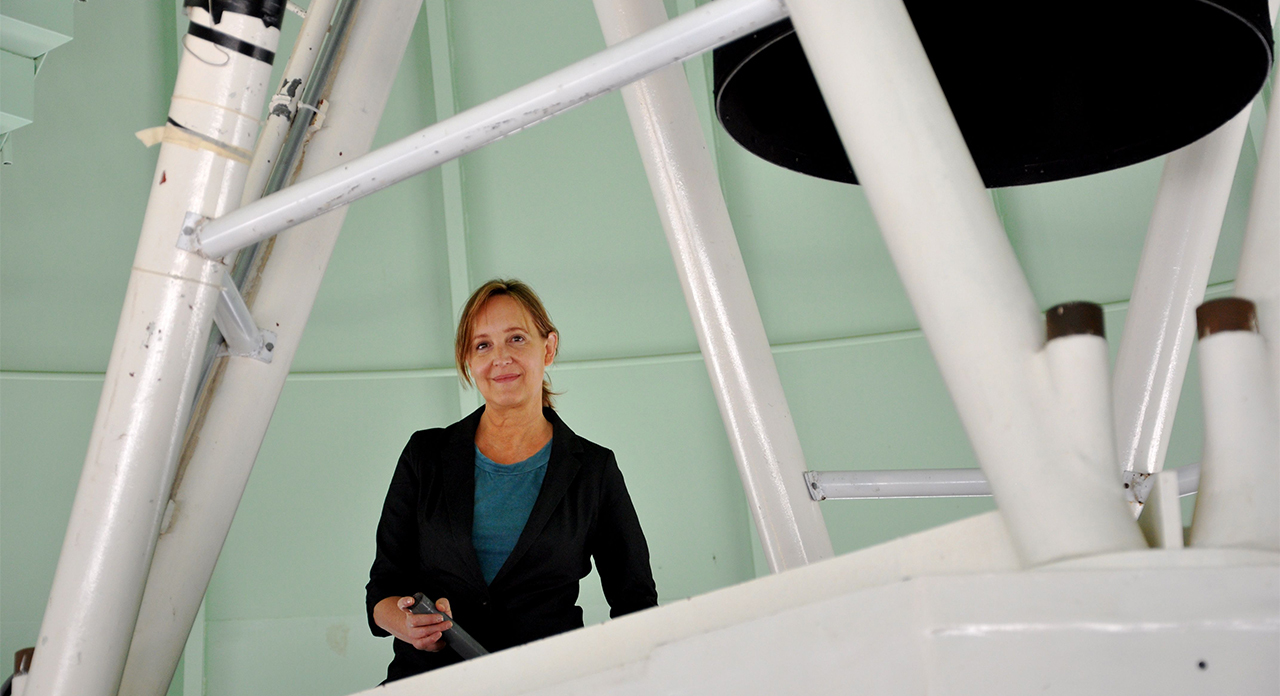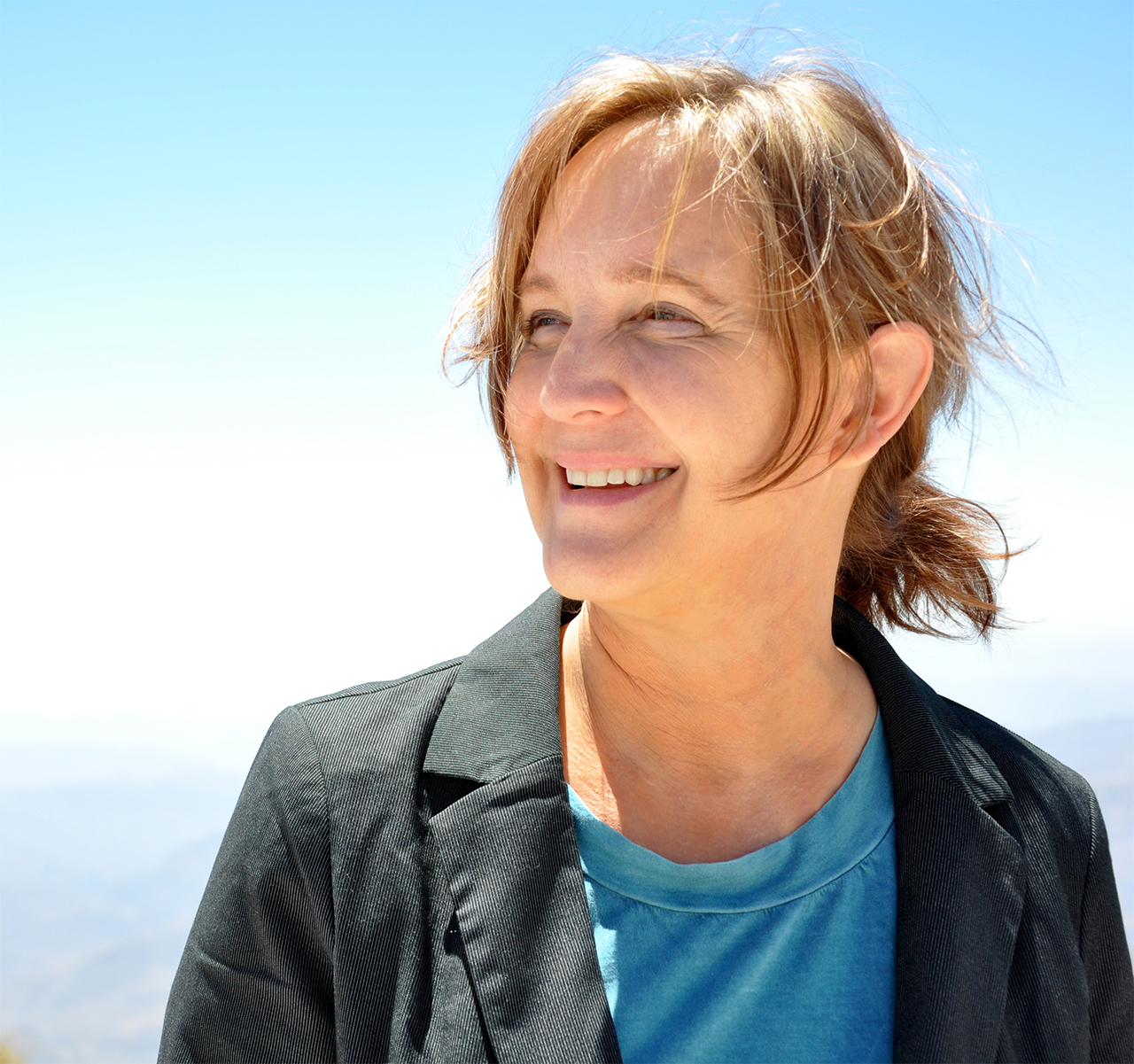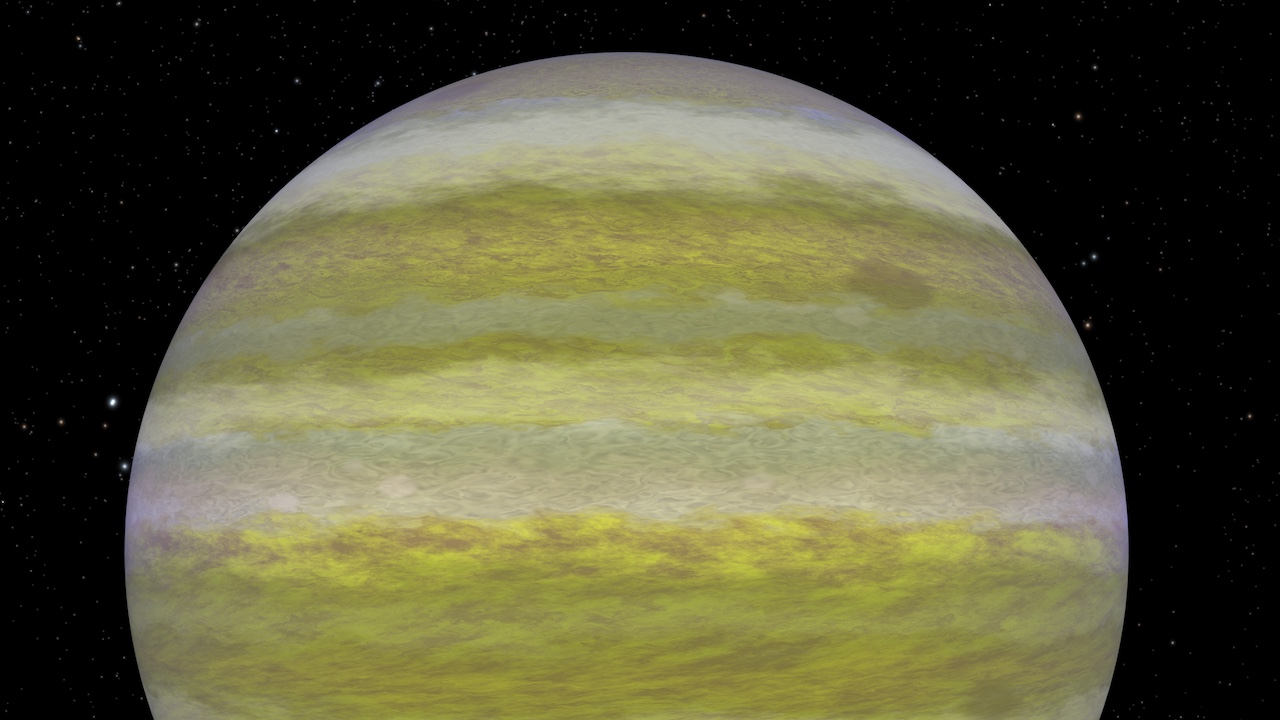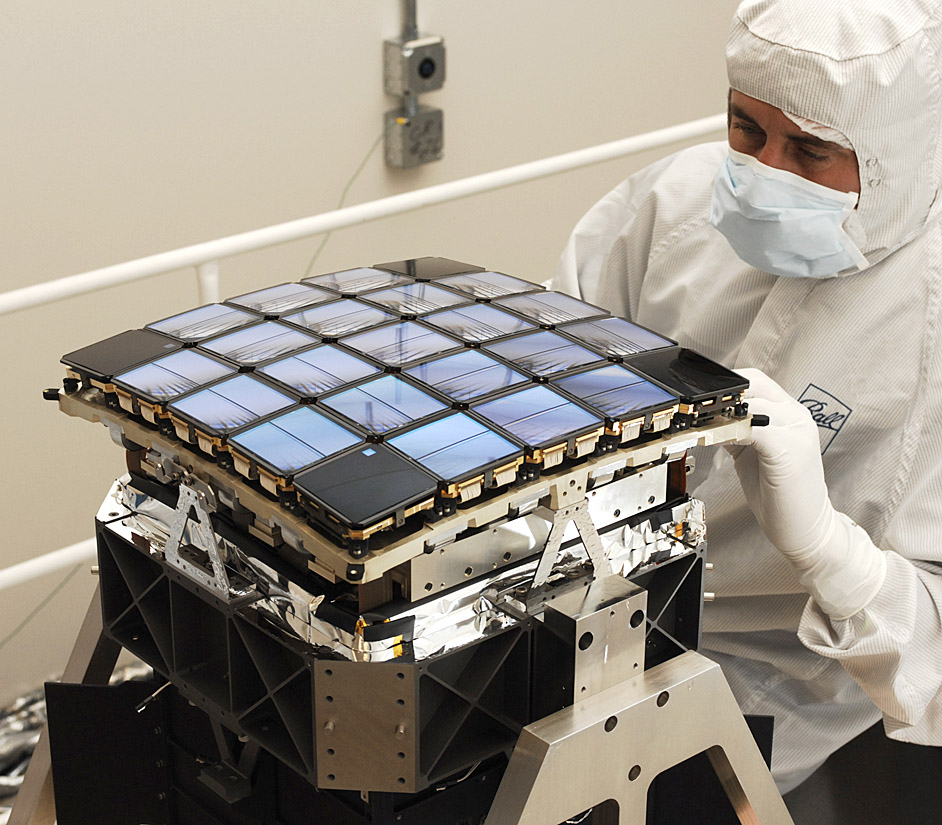4 min read

By Pat Brennan,
NASA's Exoplanet Exploration Program
The hunt for planets around other stars so far has been a rousing success: more than 5,500 confirmed in our Milky Way galaxy, where, we now know, hundreds of billions more likely await discovery. Most of these exoplanets were found using the "transit method": looking for a tiny, tell-tale “shadow” as the orbiting planet crossed the face of its star.
But in order to know whether a planet is likely to be rocky or gaseous, scientists need to be able to calculate density, and, in many cases, they need another way of getting at that besides the transit method. Debra Fischer, a Yale University professor of astronomy, is a leading expert in the “radial velocity” or “wobble” method for finding exoplanets.
With this method, astronomers track the changing speed of a star as it is tugged around by orbiting planets. The size and nature of the tugs can reveal how massive these planets are, as well as how long it takes them to orbit their stars – critical information in the search for rocky, watery, life-bearing worlds. Future space missions designed to study planetary atmospheres could follow up on these planets, picking apart the spectrum of light to look for gases that might indicate the presence of life, such as oxygen and methane.
Fischer took time recently to chat about a new planet-hunting instrument her team is developing as part of the “100 Earths” project, and her hopes for the future of exoplanet astronomy.
That I’m a planet finder, a planet hunter, or an astronomer. I tell them I detect planets orbiting nearby stars. And now we’re trying to build more sensitive instruments to detect smaller planets with the Doppler (“wobble”) technique.

Right now, my team is building a spectrograph called EXPRES, the Extreme Precision Spectrograph, that we will be delivering by the end of this year (to the Lowell Observatory’s Discovery Channel Telescope in Happy Jack, Arizona). I’ve put everything I know from 20 years of planet hunting into the design of this spectrograph. The title of our science program is “The Search for 100 Earths.” We’re targeting nearby, bright stars. We know now from Kepler (NASA’s Kepler Space Telescope) that virtually all of these stars will have planetary systems. Perhaps half of them will have small, rocky planets – half or more. We are emboldened, really, by the promise of Kepler.
Many NASA missions that are being planned today have an exoplanet focus. Kepler, retired in 2020, was designed to find exoplanets. TESS, the Transiting Exoplanet Survey Satellite. JWST (the James Webb Space Telescope, is studying exoplanets. The Nancy Grace Roman Space Telescope has this huge exoplanet component. Now I’m a community co-chair for a NASA study of a future observatory concept called LUVOIR (the Large Ultraviolet Optical Infrared Surveyor). This mission will serve astronomers who are studying the origin of the universe and the evolution of galaxies. It will also obtain the spectra of the atmospheres of Earth-like planets around nearby stars to search for biosignatures.
I think the first step – the thing we can to today – is to identify Earth analogs around nearby stars, determine their orbits and measure the masses of the planets. The measurement of planet masses is something that can be uniquely done with the Doppler technique. If you don’t have the mass, then when we have a spectrum of the planet's atmosphere with a NASA observatory, the interpretation will be ambiguous. You need the mass of the planet to understand whether things like oxygen and methane have a geological or biological origin.
Life is driving the crazy chemistry we have here on Earth with oxygen, carbon dioxide, methane, coexisting in our atmosphere.
Go for it. This is an incredibly exciting time in astronomy, in exoplanets. The field is just absolutely booming. And I think it’s very important to have a lot of diversity in the field. I have absolutely no doubt that the way I approach problems is different from the generation of men I have worked with. Because of that, I hope that I am taking the field in a unique and slightly different direction. And that’s what young women coming into the field can do – create something new. This is really important to the vitality of science.







